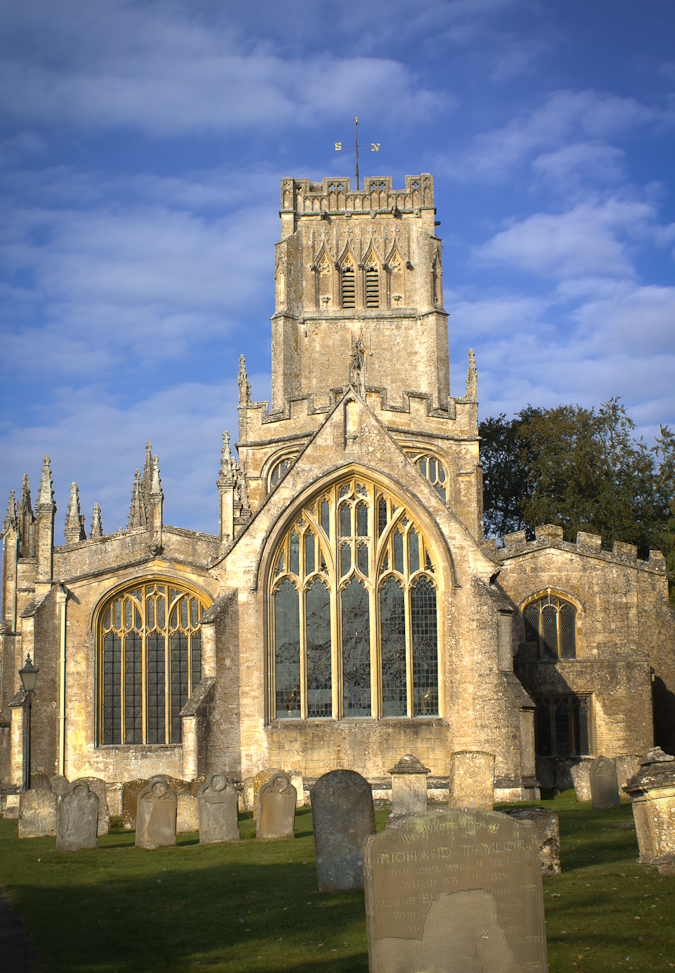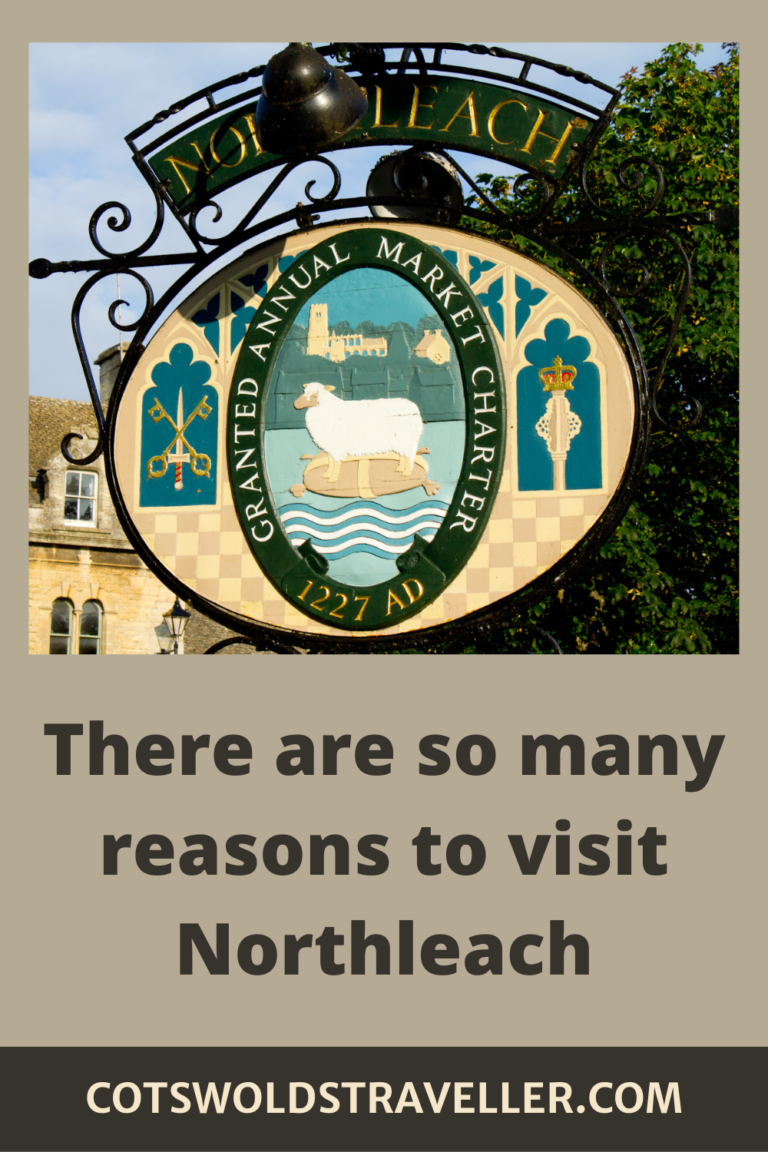Visiting Northleach
Despite being just off a major Roman thoroughfare of the Fosse Way, the history of Northleach does not begin with a Roman or Iron Age settlement. Rather, its origins date to the late 8th century when a manor was known to have existed in the area, taking its name from the nearby stream. Ownership of the manor and surrounding lands passed to the Abbey of Gloucester, and whilst other small hamlets grew up in the area, it was only in the early part of the 13th century that the Abbey of Gloucester specifically set out to plan a town in the area.
Trade and commerce would be a focal point of the newly created town, taking advantage of its proximity to the Roman road nearby. The layout was to have a focal point of a marketplace, and the road layout would radiate from there. Thus a road Y-shaped road layout was formed, which exists still today. In 1227 the then King of England, Henry III, granted Northleach a Charter as well as the right to hold an annual fair.
By the 14th century, the town was experiencing a trade and commerce boom, owing to its location and the wealth it earned from local wool and fleeces. The town served as a distribution centre for top quality wool, sourced from wool farms in the area. The wool from the local sheep breed, the Cotswold Lion, was of the highest quality and was exported from the Cotswolds to Europe, earning Northleach wealth, prestige and commercial position far beyond other larger Cotswold towns.

Northleach wool merchants in particular benefited from this wealth and prosperity, becoming some of the wealthiest people in the country. They chose to reinvest their wealth into the town itself, and more specifically, into restoring the local parish church of St Peter and St Paul. So grand was this restoration that the church was later referred to as the ‘Cathedral of the Cotswolds’ and still remains one of the areas finest examples of a “wool church”.
Northleach continued to thrive until the mid 16th century, generating vast wealth and prosperity from the wool it was trading with Europe. However, wars between England and European powers and a shift in demand from raw materials to manufactured goods disrupted this trade to such a degree that by late 1770 there were reports of the town being in such a poor state that several houses had entirely collapsed.
However, trade and commerce would once more become key to the town’s history and spark a revival in the fortunes of Northleach. On this occasion, the increase in prosperity owed much to its location. In the early 1800s, Northleach served as a coach stop on the increasingly busy road between Gloucester and London. Wool merchants gave way to inns and at one time it was reported that Northleach boasted more than 20 inns to serve the passengers of passing coaches, a number that is vastly disproportionate to the size of the town.
Modern Day Northleach
Today Northleach is a far cry from the once-bustling centre for trade and commerce. However, any visitor to the town will still be transported back to its heyday, and much of the layout of the original town and its architecture is on show. The tradition of the annual fair, first established in 1227, continues. The town also still boasts some fine inns or pubs that welcome modern-day visitors, who still arrive in coaches – though more of the tourist kind.
Northleach’s main attraction continues to be the very impressive parish church which is just to the south of the marketplace. St Peter and St Paul church holds many unique and exquisite relics from this bygone period of prosperity and retains its title as the ‘Cathedral of the Cotswolds’.

